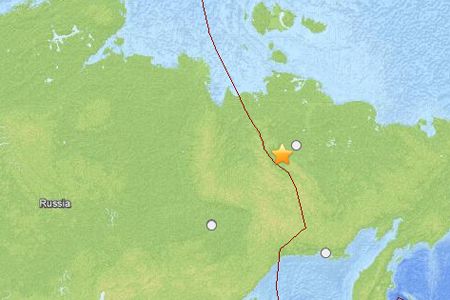
Earthquake Strikes Siberia

An earthquake of preliminary magnitude 6.6 struck today in a remote region of Russia's Siberia, according to the U.S. Geological Survey (USGS).
The temblor's epicenter was 538 miles (866 km) northeast of Yakutsk, Russia, and 608 miles (979 km) north-northwest of Magadan, Russia. It originated 6.3 miles (10.1 km) deep and struck at 01:13 a.m. local time (1313 UTC), the USGS reports.
Earthquakes of this size can cause significant damage, especially with poorly built structures. Even well designed buildings can be damaged or, in some cases, destroyed depending on the severity of the quake and a building’s proximity to the epicenter. Earthquakes of this size are sometimes followed by significant aftershocks. But the damage caused by any single event depends on the quake's depth, proximity to populated areas, building standards in the region, as well as the type of earthquake. The USGS frequently updates the magnitude of an event after more data is analyzed.
An earthquake's magnitude is a measure of the energy released at the source. It is just one predictor of the shaking that may ensue, which is affected by local and regional geology. Scientists know in a general sense what causes Earthquakes but are unable to predict specific quakes.
This article will be updated if significant additional information becomes available. Find more earthquake news here.
Sign up for the Live Science daily newsletter now
Get the world’s most fascinating discoveries delivered straight to your inbox.











